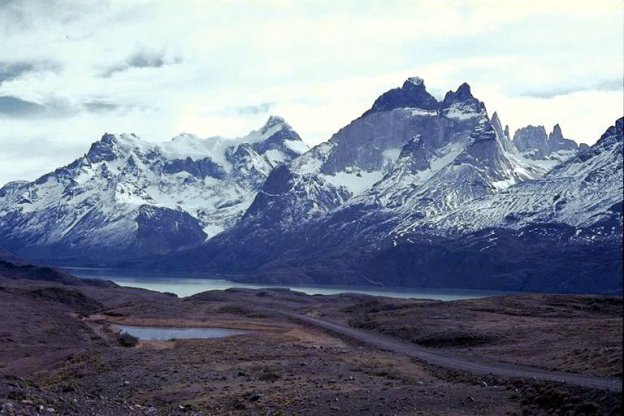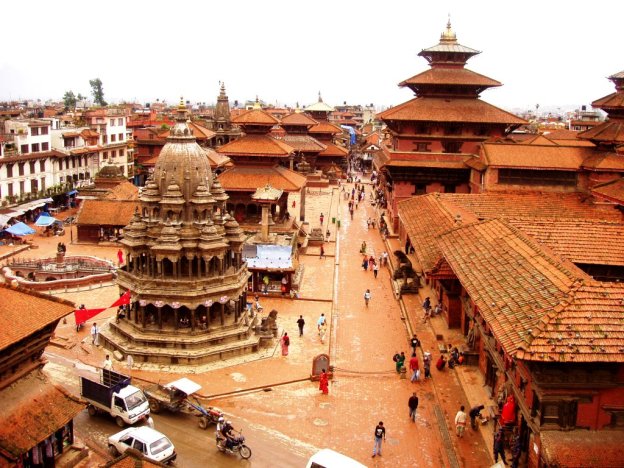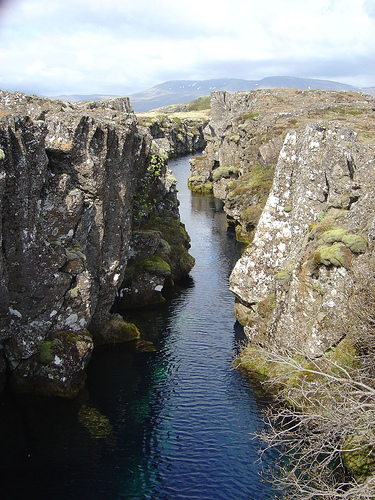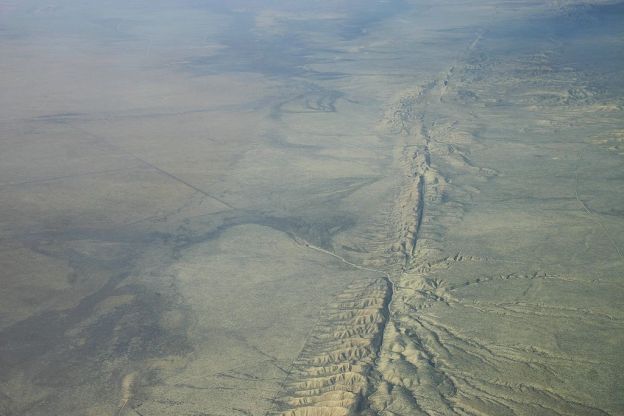Hi there. Taking pictures is my passion, and so is science, so I have started this blog to let you all in on my scientific journey around the world to take pictures. I leave today so I am writing this in the airport as I wait for my plane. The purpose of my trip is to go to different plate boundaries and take pictures, so this blog will have a lot of pictures on it. I though that I should start out this blog by letting you all in on how plate tectonics work so you can understand what you are going to be seeing from me.
You may know this already, but the world is constantly moving right under your feet. It might not be very fast, but its moving. The speeds of the different plates range from 0.95 cm a year to 8.1 cm a year. As you can see, the plates don’t move at the same speed so they are all bumping into each other. That is what I am going to take pictures of. When the plates meet, they do one of three things. One of them can go under the other, which is convergent subduction, they could meet and push up over millions of years, which is called transform and they could also meet and then shift side to side, which is called convergent collision. They could also be going away from each other and this is called divergent, and when this happens, new rock is formed.
I will be going into deeper explanations as I come across these plate boundaries, but that is the basics.
The airport staff is starting to board the plane now so I should go. I will post as soon as I get to California, which is my first destination.
picture from: http://s.hswstatic.com/gif/airplanes-work-1.jpg
Disclaimer: This is a fictional blog written for a science class


 :
: :
:
 :
:












